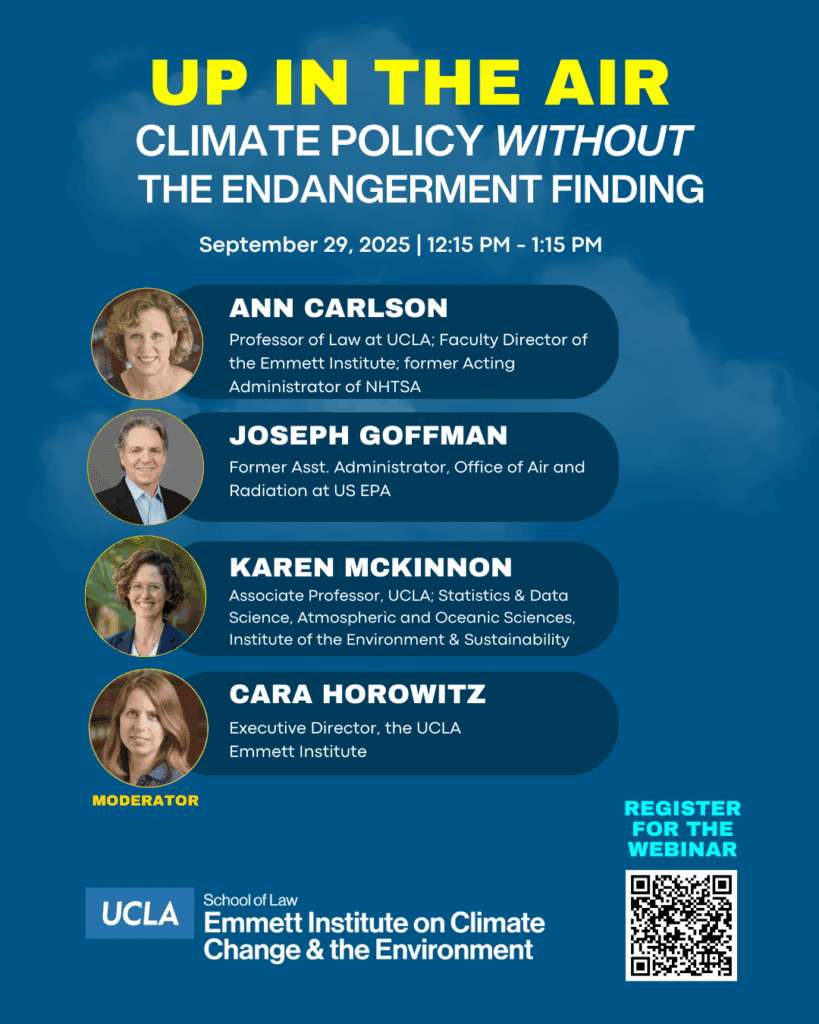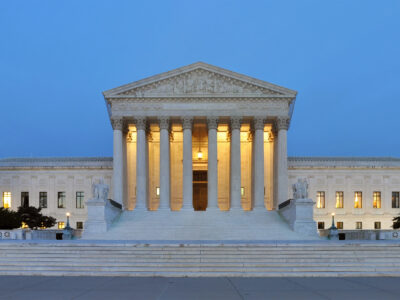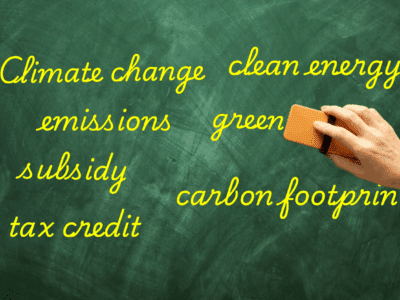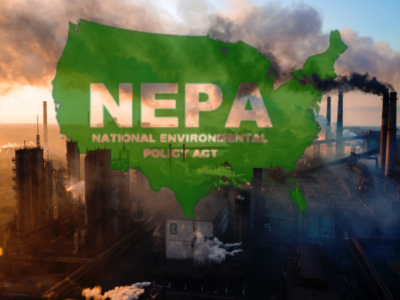DOJ Challenge to Vermont’s Climate Law Has a Problem
The EPA’s proposed repeal of the endangerment finding undermines the U.S. position in the Vermont Climate Superfund Case.

EPA’s proposal to rescind the Clean Air Act endangerment finding is not final but it is already causing problems for the Trump Administration in court. The Department of Justice today filed a brief for summary judgment challenging Vermont’s climate superfund law. Its principal argument? That the Clean Air Act — in regulating greenhouse gases — preempts Vermont’s statute. But repeal of the endangerment finding would take the U.S. out of the business of regulating greenhouse gases, basically kneecapping the government’s case. The brief engages in obvious legal contortions to try to mask this reality.
Even without the proposed endangerment finding repeal, DOJ’s case has real weaknesses. The argument that the Clean Air Act should preempt the Vermont statute is based on a U.S. Supreme Court case, AEP v. Connecticut. In that case, the Court dismissed Connecticut’s federal common law nuisance claim seeking to limit emissions from a utility’s power plants. But the Vermont statute is not seeking to regulate or limit emissions. Instead, it imposes retroactive liability, in the form of monetary damages, under state law. Those distinctions would make the U.S. case challenging Vermont’s superfund law problematic even if the federal government remained in the business of regulating greenhouse gases.
But the proposed repeal of the endangerment finding — based largely on an argument that the Clean Air Act covers only local air pollutants, not greenhouse gases — completely undermines the government’s ability to rely on AEP v. Connecticut.
AEP’s holding is that “the Clean Air Act and the EPA actions it authorizes displace any federal common law right to seek abatement of carbon-dioxide emissions from fossil-fuel fired power plants.” The basis for that holding is that the Clean Air Act, as interpreted by Massachusetts v. EPA, regulates carbon dioxide and other greenhouse gases on vehicles, power plants and other sources. As a result, there is no need for a federal common law action to limit emissions from power plants. The Clean Air Act gives EPA that authority.
But of course, the proposed repeal of the endangerment finding would leave greenhouse gases unregulated. And the proposal is based essentially — as I explain here — on Justice Scalia’s dissenting opinion in Mass v. EPA saying that EPA lacks the authority to regulate greenhouse gases from vehicles. By extension, the agency would also lack the authority to regulate emissions from power plants and other major sources of greenhouse gas emission. If EPA can’t regulate, the entire basis for the Court’s opinion in AEP v. Connecticut disappears.
So how does DOJ deal with this awkward reality? It comes close to completely ignoring the AEP case. Instead, the brief relies heavily on a Second Circuit opinion that dismissed a case brought by the city of New York seeking damages against large oil companies for harms caused by climate change, City of New York v Chevron. DOJ claims the New York case is binding precedent that requires the court to strike down the Vermont statute. But DOJ fails to explain in its brief that the Second Circuit decision is based largely on AEP v. Connecticut. The best DOJ can do is to note that proposed rules — such as the proposed endangerment finding — are not binding law. The government’s lawyers provide no explanation for what happens if the proposed repeal is finalized.
No wonder then that the American Petroleum Institute “continues to support a federal role in regulating greenhouse gas emissions.”
Today also saw the release of a major report by the nation’s leading scientific advisory body, the National Academies of Sciences, Engineering, and Medicine, detailing the overwhelming evidence that carbon dioxide, methane and other planet-warming greenhouse gases threaten “current and future harm to human health and welfare.” The report makes clear that “EPA’s 2009 finding was accurate, has stood the test of time, and is now reinforced by even stronger evidence.”
If you’re interested in finding out more about where this fight over the endangerment finding is headed, the Emmett Institute is hosting a webinar on Monday, September 29 featuring me and several colleagues. Register here.








It’s even worse than that. The AEP case is only about “displacement” of federal common law. (I represented CA in the AEP case). If federal common law is displaced, state common law is not, meaning that state law action can proceed.
The second circuit case complicated the federal common law question somewhat since it used AEP to strike down a state nuisance claim filed in federal court